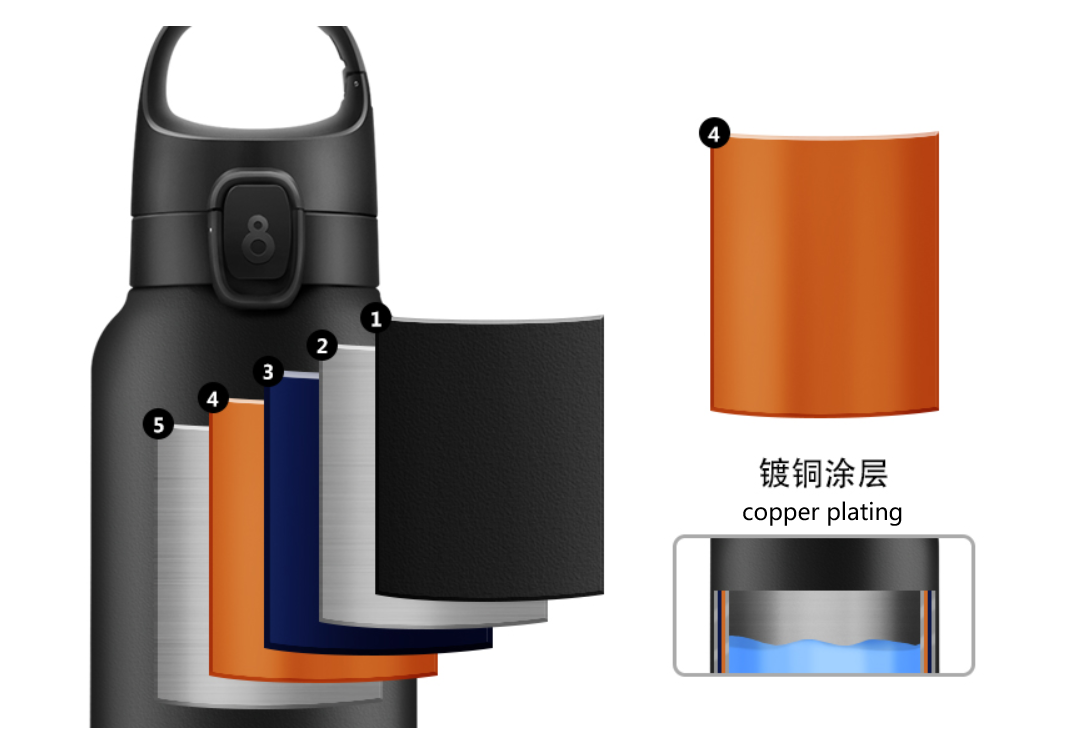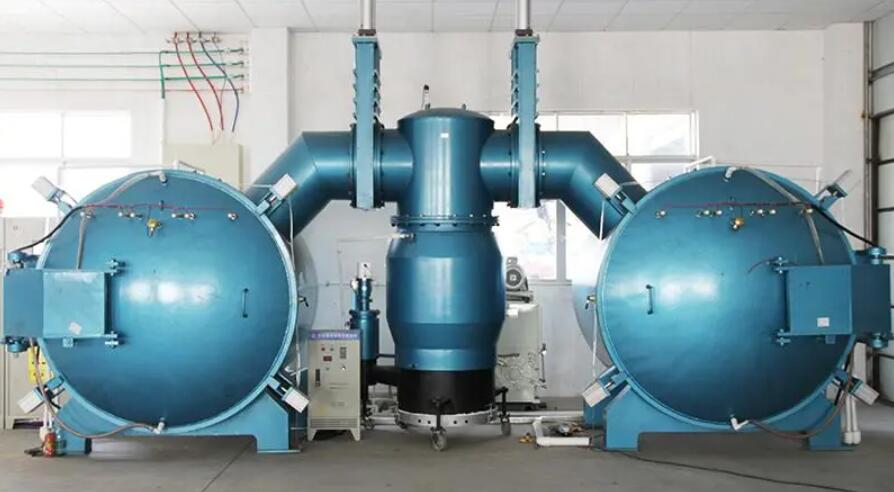Thermos flasks are designed to keep beverages hot or cold for extended periods, and several factors contribute to the insulation duration. This article explores three critical elements influencing the insulation duration of thermos flasks.
- Inner and Outer Wall Copper Plating:
One significant factor in determining insulation duration is the use of copper plating on the inner and outer walls of the thermos flask. The purpose of this plating is to slow down the rate of heat radiation, thereby extending the insulation time. When the inner and outer walls are coated with copper, the insulation duration can be significantly prolonged. For example, a thermos flask with copper-plated walls can maintain a temperature of 65/70 degrees Celsius for up to 10 hours, compared to a non-copper-plated flask that reaches only 45 degrees Celsius over the same time period.

- Duration of Vacuum Sealing:
The duration of both the air intake through suction discs and the vacuum-sealing process plays a crucial role in determining the overall insulation time of a thermos flask. The effectiveness of the suction discs is contingent upon the precision of welding, ensuring a proper seal. The time spent operating the vacuum-sealing machine also influences the insulation duration. Longer vacuum-sealing times often result in better insulation performance.
- Thermal Insulation of the Lid:
Another critical factor is the design of the thermos flask lid. The inclusion of thermal insulation materials, such as heat-resistant fabric or foam, can impede the conduction of heat and enhance the overall insulation capacity. The lid’s ability to block heat transfer contributes significantly to the prolonged maintenance of beverage temperature.

Conclusion:
In conclusion, the insulation duration of thermos flasks is influenced by a combination of factors, including copper plating on inner and outer walls, precise welding for suction discs, vacuum-sealing duration, and the presence of thermal insulation in the lid. Understanding and optimizing these factors can result in thermos flasks that offer longer-lasting temperature retention, providing users with the desired warmth or coolness for an extended period.